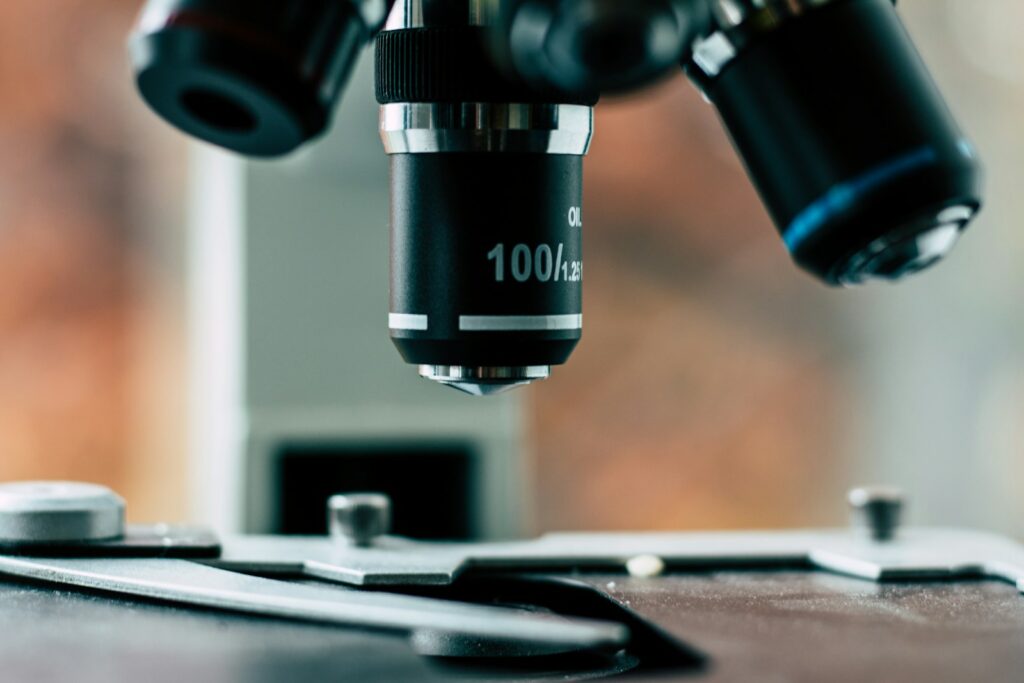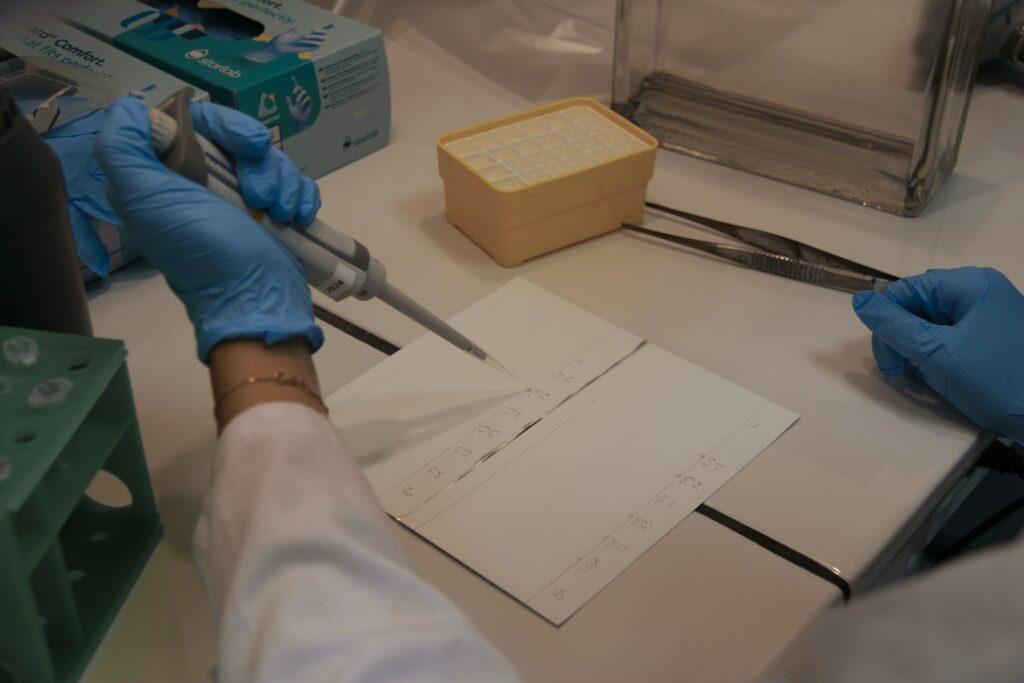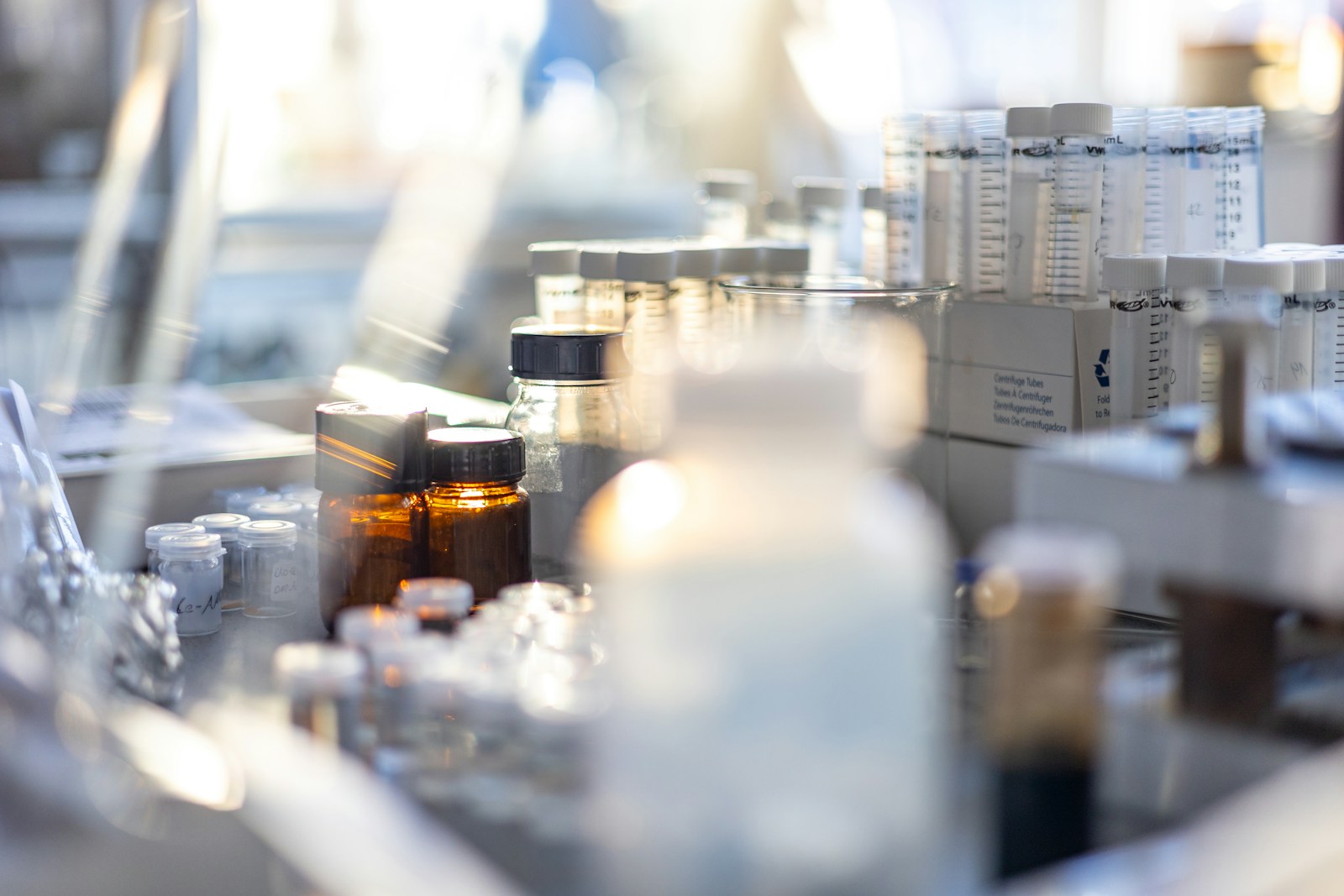The Ames test remains the cornerstone of mutagenicity screening in pharmaceuticals, cosmetics, chemicals, and food safety. Developed by Dr. Bruce Ames in the 1970s, this bacterial reverse mutation assay has become a global regulatory reference for detecting substances that can induce genetic mutations.
A brief history and principle of the Ames Test
The Ames test is based on the ability of certain chemicals to cause mutations in the DNA of bacteria—most commonly Salmonella typhimurium and Escherichia coli strains. If the tested compound is mutagenic, it will induce mutations that restore the bacteria’s ability to grow in a selective medium. This provides a rapid and quantitative measure of a substance’s mutagenic potential.
- Developed by Bruce Ames (1970s)
- Detects point mutations and frameshift mutations
- Widely adopted due to its simplicity, sensitivity, and reproducibility

Regulatory and industrial applications
The Ames test is mandated by major regulatory agencies (FDA, EMA, EFSA, ECHA) for the safety evaluation of:
- Pharmaceuticals (as per ICH S2 guidelines)
- Cosmetic ingredients (EU Regulation EC 1223/2009)
- Food additives and contaminants
- Industrial chemicals and agrochemicals
Results from the Ames test help companies screen out hazardous substances early, avoid costly development dead-ends, and ensure compliance with global standards.
Recent innovations: enhanced Ames, miniaturization, and beyond
While the traditional Ames test remains robust, modern laboratories like GenEvolutioN offer advanced versions :
- Enhanced Ames Test: Incorporates additional strains, metabolic activation systems, and improved sensitivity for challenging impurities (e.g., nitrosamines).
- Miniaturized Formats: 25-well, 384-well, and liquid-based platforms for high-throughput screening—saving time, reducing reagent use, and supporting sustainable practices.
- Custom Protocols: Adapted for poorly soluble, volatile, or complex matrices (UVCBs), and designed for early-stage R&D as well as regulatory submissions.

The GenEvolutioN advantage: speed, personalization, GLP compliance
At GenEvolutioN, we set the bar for mutagenicity testing:
- Rapid Turnaround: Results available in days, accelerating your go/no-go decisions.
- Custom Solutions: Assays tailored to your specific sample type, regulatory context, and development stage.
- OECD-GLP Compliance: Our lab meets the highest standards of data integrity, traceability, and audit readiness.
- Regulatory Insight: Strategic guidance to navigate international requirements and anticipate regulator expectations.
Why outsource your Ames Tests to an expert CRO?
Choosing a specialized CRO like GenEvolutioN offers tangible benefits :
- Expertise: Decades of combined experience in mutagenicity, toxicology, and regulatory science.
- Reliability: Robust data, clear interpretation, and transparent communication throughout your project.
- Efficiency: From sample reception to final report, our workflow maximizes speed and accuracy—minimizing project risks.
- Partnership: We act as an extension of your team, providing scientific advice and operational flexibility.
Looking for the best partner for your Ames test needs?
Contact GenEvolutioN to discover how our innovative platforms and regulatory expertise can drive your product safety—and your business—forward.

